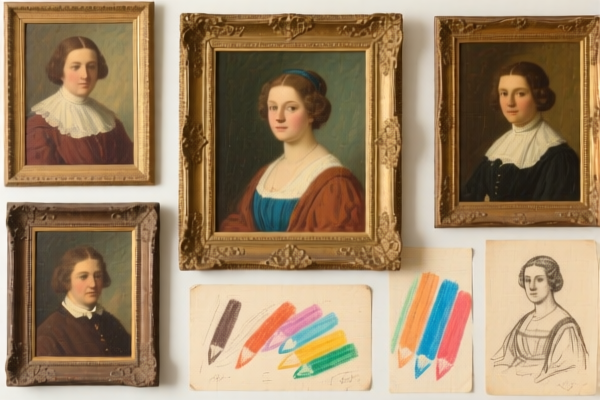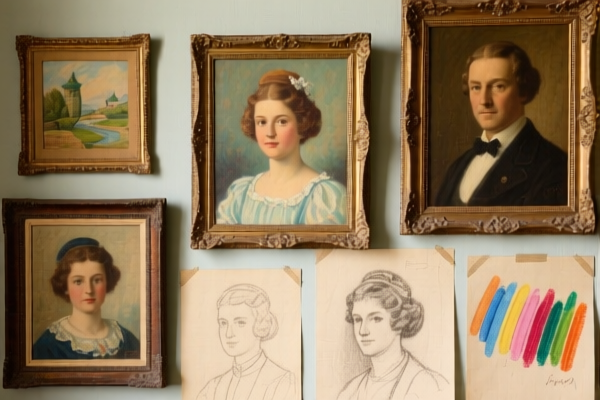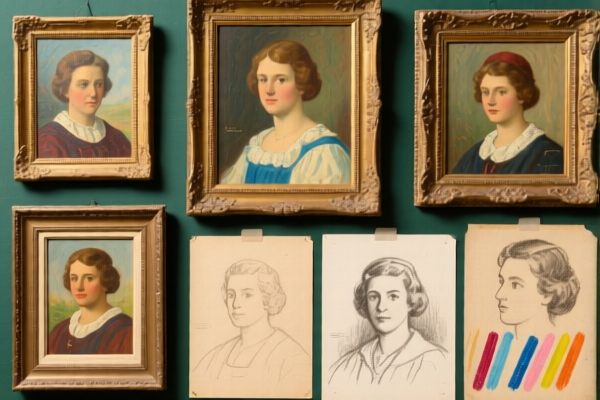| HS Code | Official Doc | Tariff Rate | Origin | Destination | Effective Date |
|---|---|---|---|---|---|
| 6114909010 | Doc | 35.6% | CN | US | 2025-05-12 |
| 6114909070 | Doc | 35.6% | CN | US | 2025-05-12 |
| 9503000090 | Doc | 30.0% | CN | US | 2025-05-12 |
| 9503000071 | Doc | 30.0% | CN | US | 2025-05-12 |
| 9505906000 | Doc | 30.0% | CN | US | 2025-05-12 |
| 9505902000 | Doc | 30.0% | CN | US | 2025-05-12 |




Role Playing Costumes
Role playing costumes, also known as cosplay costumes or character play outfits, are outfits designed to represent characters from various fictional sources. These sources include, but are not limited to, anime, manga, video games, comic books, films, television series, and literature.
Materials
A wide variety of materials are used in the construction of role playing costumes, depending on the complexity of the design, budget, and desired level of accuracy. Common materials include:
- Fabrics: Cotton, polyester, satin, velvet, spandex, leather (genuine or synthetic), and various blends are frequently used for clothing components.
- Foam: EVA foam is a popular choice for armor, props, and detailed shaping due to its lightweight nature and ease of manipulation.
- Worbla/Thermoplastics: These heat-formable plastics are used for creating durable and intricate armor pieces and props.
- Wigs: Synthetic or human hair wigs are used to replicate character hairstyles.
- Accessories: Materials for accessories vary widely and include plastics, metals, resins, paints, and crafting supplies.
- 3D Printed Components: Increasingly, 3D printing is used for complex parts and props.
Purpose
The primary purpose of role playing costumes is to embody a character for events such as:
- Cosplay Competitions: Competitors strive for accuracy and craftsmanship in recreating a character's appearance.
- Conventions & Events: Attendees wear costumes to express their fandom and interact with others who share their interests.
- Photoshoots: Costumes are used for creating visually appealing character portraits.
- Personal Enjoyment: Individuals may create and wear costumes simply for the fun of it.
Function
Role playing costumes serve both aesthetic and functional purposes:
- Visual Representation: The most obvious function is to visually resemble a specific character.
- Character Immersion: Wearing a costume can help the wearer embody the character's personality and mannerisms.
- Social Interaction: Costumes facilitate interaction with other fans and create a sense of community.
- Creative Expression: The process of creating a costume allows for artistic expression and skill development.
Usage Scenarios
- Anime Conventions: A major venue for cosplay, featuring competitions, photoshoots, and casual wear.
- Comic-Cons: Similar to anime conventions, with a broader focus on comic book characters.
- Gaming Conventions: Focus on video game characters.
- Renaissance Fairs: Costumes typically represent historical figures or fantasy characters.
- Halloween: A popular time for wearing costumes, although often less focused on strict character accuracy.
- Photoshoots: Professional or amateur photoshoots dedicated to showcasing costumes.
Common Types
- Anime/Manga Cosplay: Replicates characters from Japanese animation and comics.
- Video Game Cosplay: Characters from popular video games.
- Comic Book Cosplay: Based on characters from American comic books.
- Movie/TV Cosplay: Characters from films and television series.
- Historical Cosplay: Costumes representing figures from historical periods.
- Fantasy Cosplay: Characters from fantasy novels, games, or original designs (e.g., elves, dragons, wizards).
- Steampunk Cosplay: A subgenre combining Victorian aesthetics with futuristic technology.
- Genderbent Cosplay: Reimagining characters with a different gender.
- Crossplay: Wearing costumes of characters from a different gender.
- Original Designs: Costumes based on a creator's own character concepts.
Role playing costumes fall under several potential classifications based on material and intended use, as detailed below.
- 6114.90.90.10 – This HS code covers “Other garments, knitted or crocheted: Of other textile materials: Other Tops”. This could apply if the costume is a knitted or crocheted top made from materials other than wool or cotton. The total tax rate is 35.6%, comprised of a 5.6% base tariff, 0.0% additional tariff, and a 30% additional tariff effective April 2, 2025.
- 6114.90.90.70 – This HS code covers “Other garments, knitted or crocheted: Of other textile materials: Other Other: Other”. This is a broader classification for other knitted or crocheted garments made from other textile materials. The total tax rate is 35.6%, comprised of a 5.6% base tariff, 0.0% additional tariff, and a 30% additional tariff effective April 2, 2025.
- 9503.00.00.90 – This HS code covers “Tricycles, scooters, pedal cars and similar wheeled toys; dollsʼ carriages; dolls, other toys; reduced-scale (“scaleˮ) models and similar recreational models, working or not; puzzles of all kinds; parts and accessories thereof Other”. If the costume incorporates toy-like elements or is considered a recreational model, this code may be applicable. The total tax rate is 30.0%, comprised of a 0.0% base tariff, 0.0% additional tariff, and a 30% additional tariff effective April 2, 2025.
It is important to note that the specific classification will depend on the materials used and the overall design of the costume.
Customer Reviews
No reviews yet.